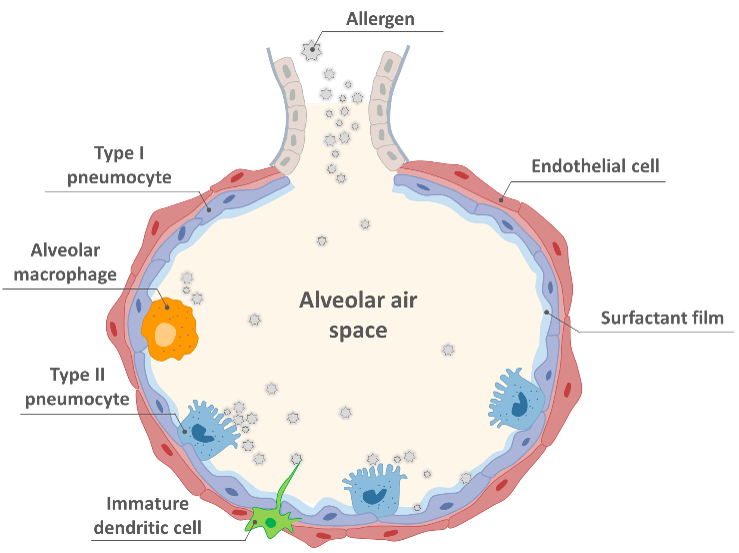
ALIsens®
Our alveolar in vitro model
Model Description and Characterisation:

Alveolus representation
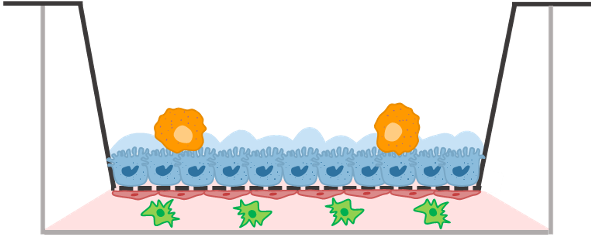
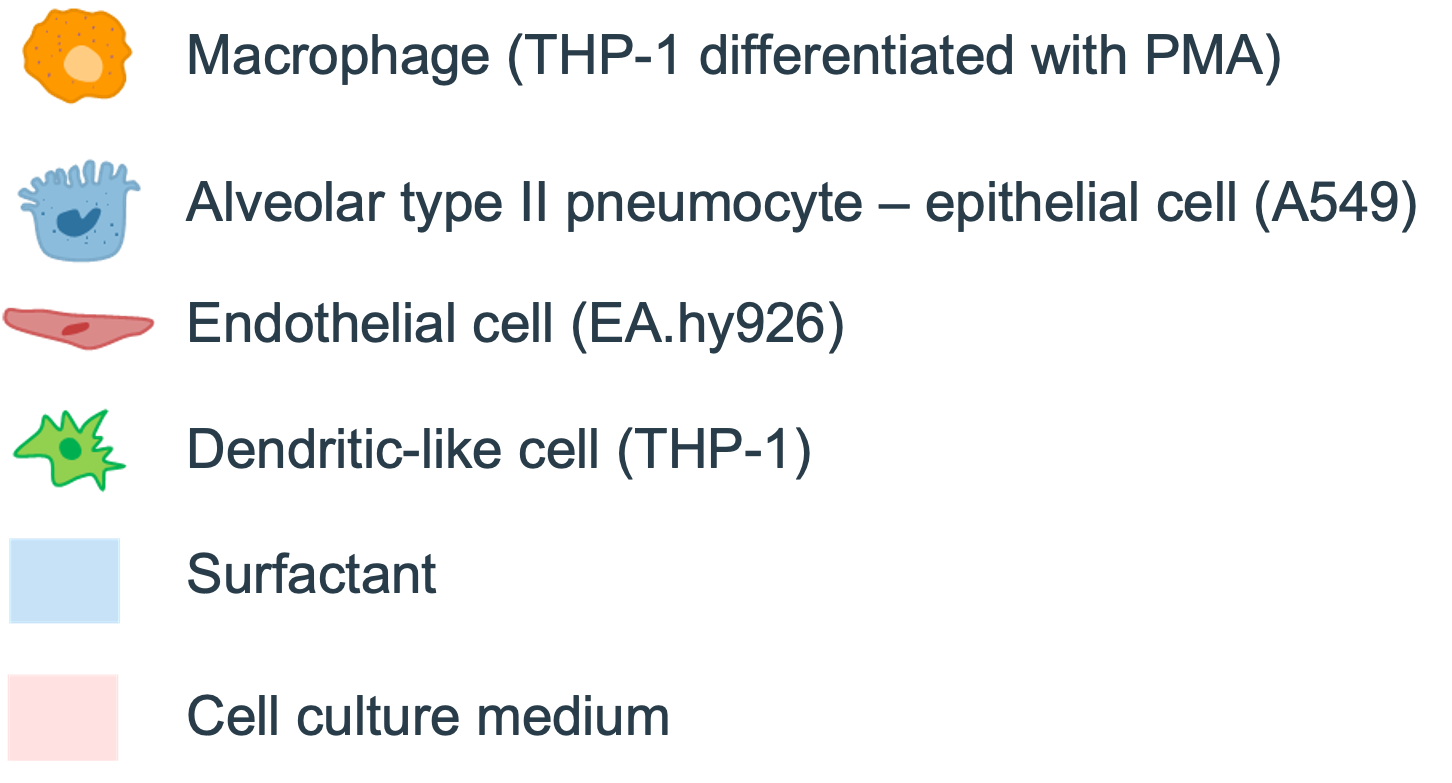
Characterisation:
-
Alveolar barrier
-
Carefully characterised
-
ALI exposure
-
Lung inflammation and irritation
-
Respiratory sensitisation
-
Activation of dendritic cells
Model Specificity:
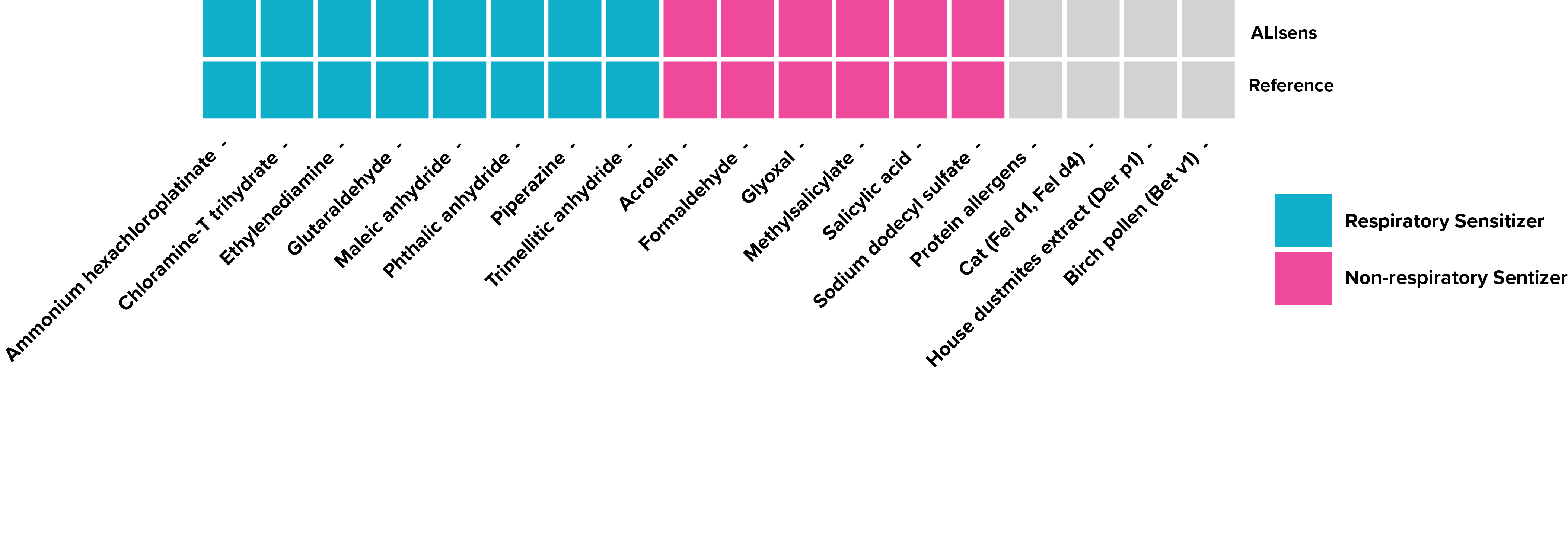
01
Our in vitro alveolar model can discriminate respiratory sensitizers from irritants based on the increased expression of at least one of the three cell surface markers, TSLPr, CD54 and CD86.
02
The model correctly identifies the pro-haptens Ethylenediamine (EDA) and Piperazine (Pip) as respiratory sensitizers, chemicals which have been reported as false negative in other assays.
03
The cell viability and the increased expression of the evaluated cell surface markers on DC-THP-1 cells demonstrates the capacity of the in vitro model to mimic the complexity of the alveolar barrier.
Case Study: Chemical Irritants / Sensitizers
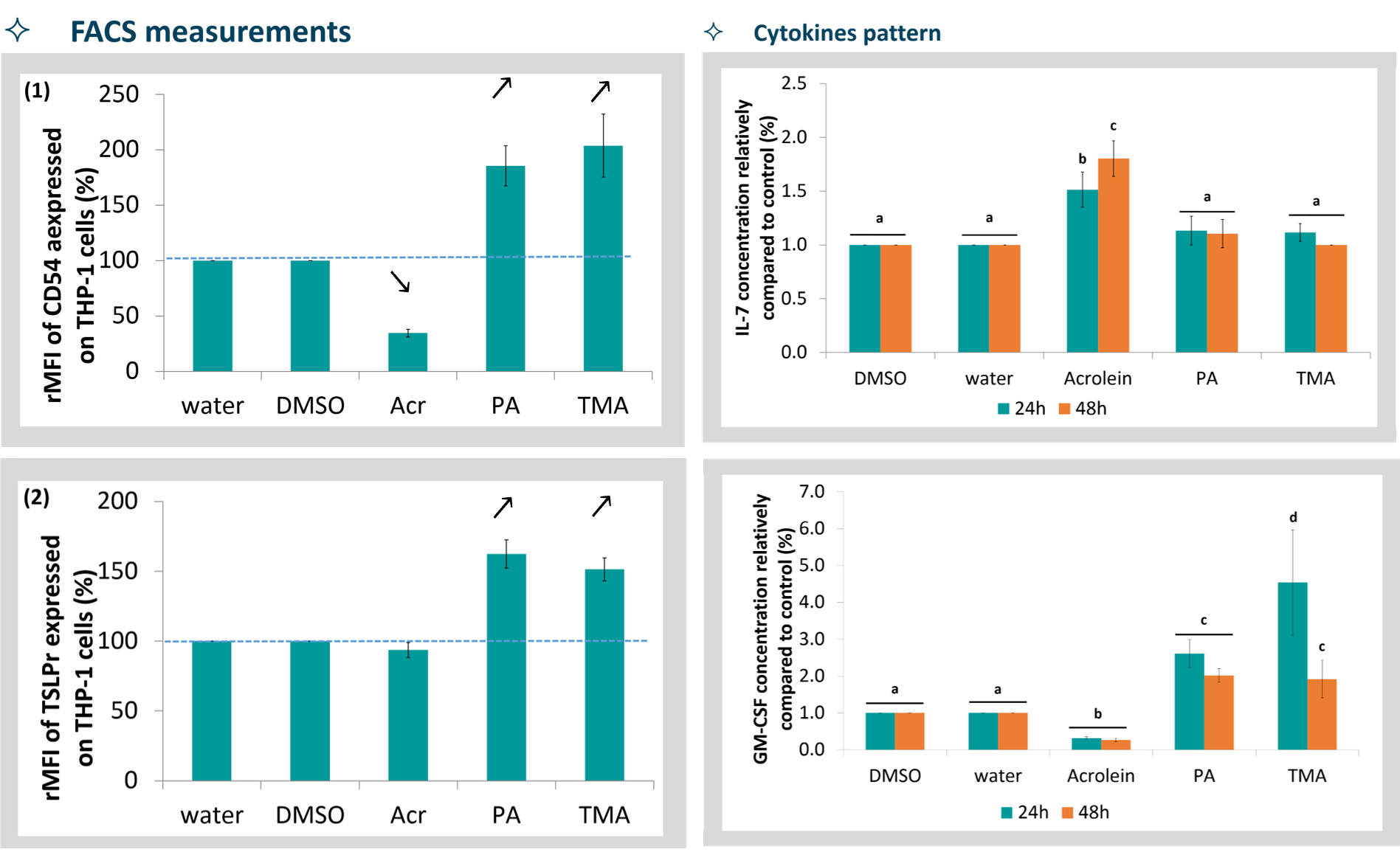
- Acr = Acrolein > respiratory irritant
- PA = Phthalic anhydride > respiratory sensitizer
- TMA = Trimellitic anhydride > respiratory sensitizer

-
Definition of respiratory irritation/sensitization markers
-
Panel of cytokines able to identify respiratory sensitizers
-
Possibility to discriminate between irritants and sensitizers
Cytokines, Gene Expression, and Cell Surface markers:
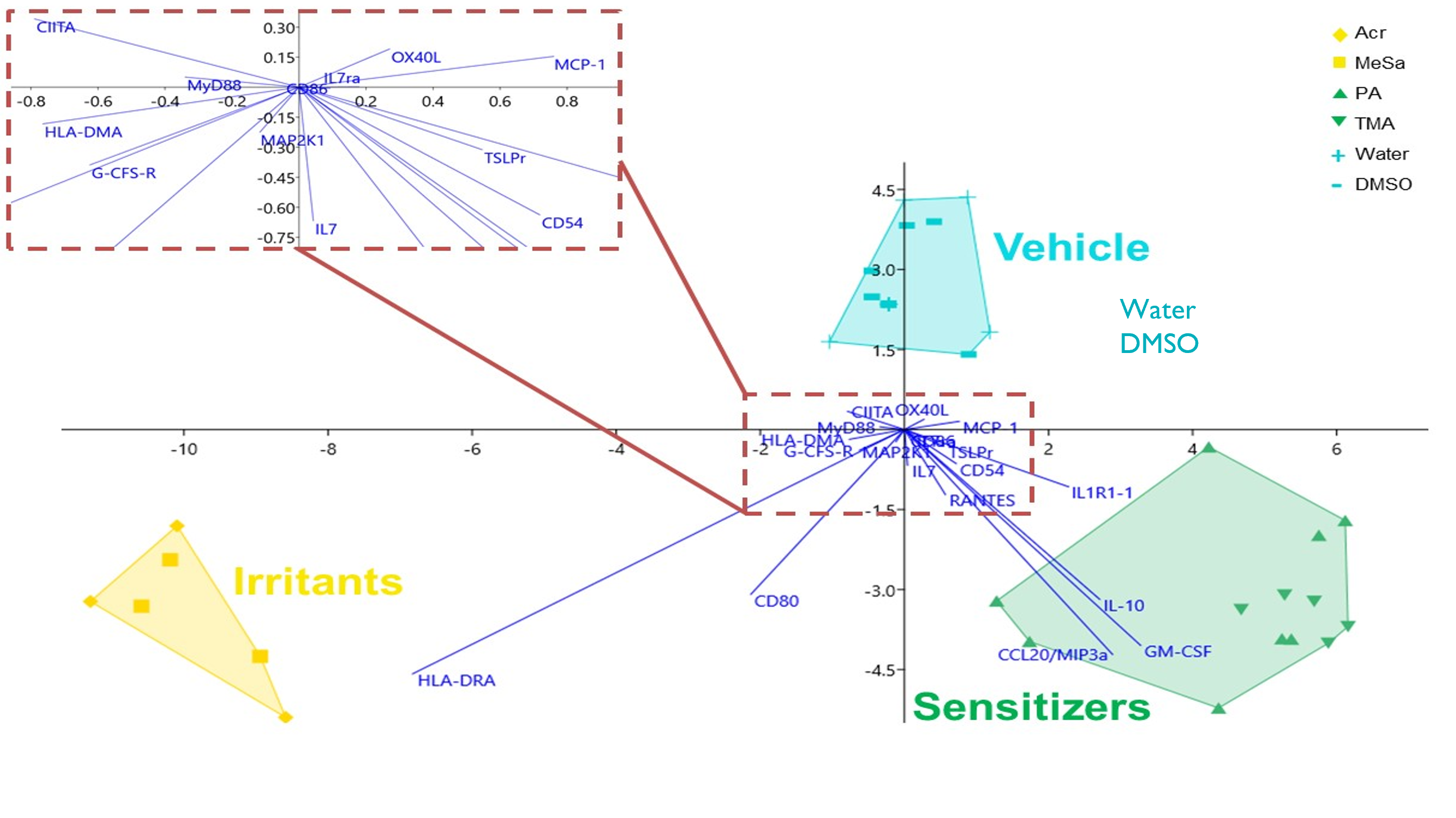
* Chary, A., Serchi, T., Moschini, E., Hennen, J., Cambier, S., Ezendam, J., Blömeke, B., Gutleb, A.C. 2019.
Privacy Policy - Cookie Policy - Terms and Conditions

